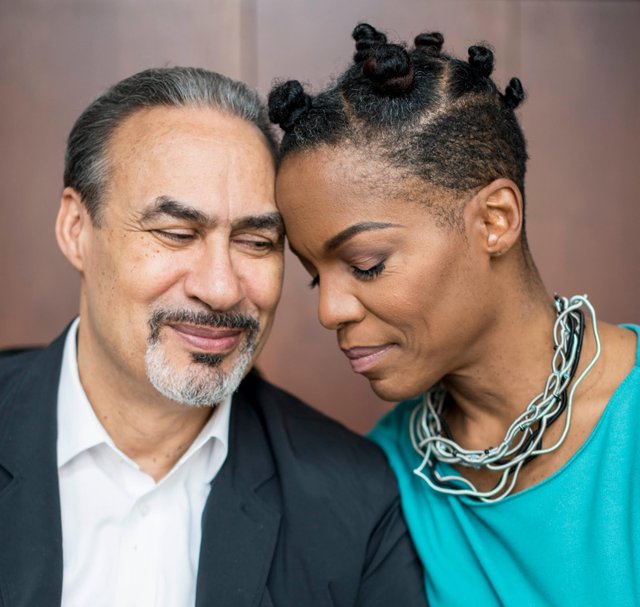The passing of Phil Freelon has caused many of us who knew him to pause and reflect on the tremendous impact he had on our lives, our careers, and on the design profession as a whole. While we are saddened by the loss of our friend, there remains much to be thankful for, and much to remember with fondness. Phil possessed certain exceptional qualities that brought him great success as a husband and father, as a consummate professional, and as a friend who cared deeply about the well-being of others.

Phil rose to a level of career excellence and accomplishment that is rare among architects. From my personal observations, his successful legacy is attributable in large part to his wife, award-winning jazz vocalist Nnenna Freelon. Her talent served as a counterpoint to his; they were both focused on being at the top of their respective fields, while challenging each other to never be satisfied. As a master designer, Phil was humble, but he was also extremely proud of the many notable buildings he realized—in particular, buildings containing and displaying aspects of black history and the black experience. Of the many buildings Phil designed, one of my favorites is the Gantt Center, in Charlotte. The design of the façade takes its inspiration from West African textiles and Underground Railroad-era quilts. And the location of the stairs and escalators was influenced by an earlier local school nicknamed Jacob’s Ladder–which was a biblical reference to African-American educational advancement and achievement. The center’s design represents so much of what Phil was about—as a historian, an intellectual, and an intentional and insistent artist.
Phil transcended the ordinary limits of his profession. He was always anxious to share credit with his collaborators, even as he was proud of his own accomplishments as an architect and as a businessman. It was his commitment to selflessness and his willingness to put the needs of others ahead of his own that characterized his approach to work and life. The way that Phil would offer advice made his road to success knowable and possible (I’m sure that would be a big one on his list of how he might like to be remembered). Whether teaching at MIT, or entering work into the NOMA Design Competition, he always fulfilled requests to serve. But most of all, he had a zest for life. He enjoyed his family and friends with gusto, and his relationship with Nnenna was special. He never took his family or his marriage for granted.
Phil, you will be missed. But you’ll be remembered with such fondness that our sadness will soon dissolve into memories of all of the good work and good times that you shared with so many of us. Rest in peace, my friend.
R. Steven Lewis (LF ’07) is an architect and advocate for social justice and diversity within the field of architecture. As a Loeb Fellow at Harvard’s Graduate School of Design in the 2006–2007 academic year, Lewis’s research focused on the structural inequality affecting the number of practicing architects of color.